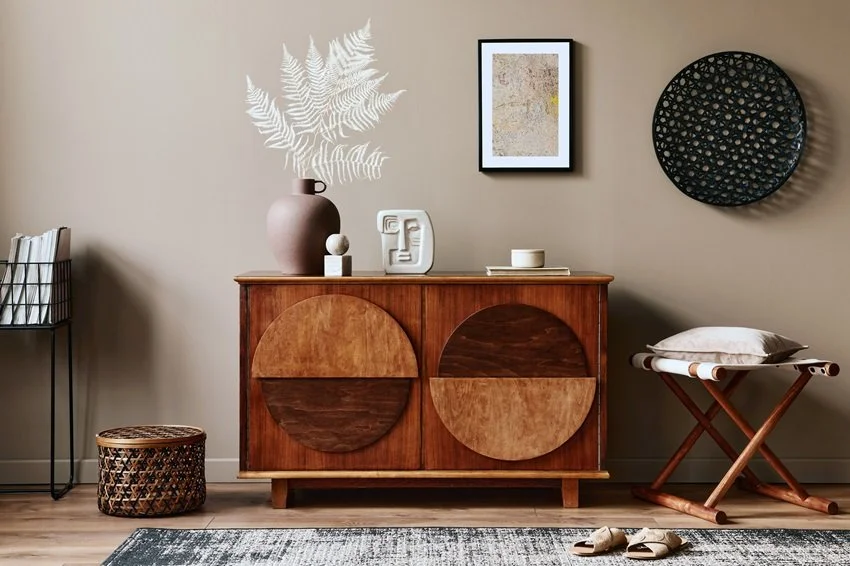Best Practices When Buying Furniture
It’s not quite the thrill of driving a new car off the lot and getting a deep draw of that intoxicating “new car smell, but buying a new piece of furniture is pretty cool, too! However, for a lot of people, it can be a daunting task. There’s a lot to consider and it’s not a cheap endeavor, so having your ducks in a row before you hit the furniture store can save you time and heartache. Fortunately, I’m here to help. Allow me to help you become your own furniture whisperer.
Tips for Buying New Furniture:
Determine Functionality. First step: Consider how the space will be used. For example, a living room meant for family gatherings might need comfortable, durable seating, while a home office requires ergonomic, functional pieces. Always try to choose furniture that complements your lifestyle and habits (e.g., stain-resistant fabrics for homes with kids or pets).
Measure Your Space. Take accurate measurements of the room, especially doorways, windows, and any fixed elements like fireplaces. Make sure you plan for traffic flow by ensuring there’s enough space to move around comfortably. A common mistake is choosing furniture that’s too large or small for the room. Remember to add adequate pathways to walk through the room. 18” is a good rule of thumb. You can do this test yourself…you don’t walk to have to turn sideways to get by. Finally, don’t forget to measure any doorways, hallways, and stairways to make sure you can actually get your new furniture into your home!
Create a Cohesive Style. Decide on a style or theme that reflects your taste—modern, traditional, eclectic, or minimalist or anything else that fits your tastes. [You’ll also want to make sure the new furniture matches or complements your overall home’s style. Avoid buying mismatched pieces just because they look good individually. A cohesive style creates a more harmonious and visually appealing space. Remember that you experience an entire space, not individual items separately.
Focus on Quality. Prioritize quality over quantity. Well-made furniture will last longer and often provide better value in the long run than cheaper, less durable options. Look for solid wood, strong joints, and good upholstery materials. Test for comfort and durability in stores when possible. But don’t fall asleep. And for sure, don’t drool if you do.
Consider Comfort. Comfort is key, especially for frequently used items like sofas, beds, and chairs. Test the furniture for comfort before purchasing or read reviews carefully if buying online. Make sure the height and depth of chairs and couches suit your body type and preferences.
Balance Function and Aesthetics. Choose furniture that serves a practical purpose but also enhances the room’s look. Think about multipurpose furniture, such as storage ottomans, sleeper sofas, or extendable tables, to maximize space and functionality.
Set a Budget. Establish a realistic budget for the furniture, considering what you need most urgently. Stick to your budget while allowing for flexibility if you find a piece that’s worth investing in. Sometimes the price is worth it for that piece you absolutely love. And don’t forget to account for delivery fees and assembly costs.
By following these best practices, you can buy new furniture with more confidence. Remember that knowledge is power and can save you from an expensive “oops moment” later down the road.
Now, what will you do next to love where you live?
Please feel free to reach out to us at The Redesign Habit and ask questions or simply share a project that you are working on or have completed.
For more great stories and ideas please follow us on Facebook and Instagram.





